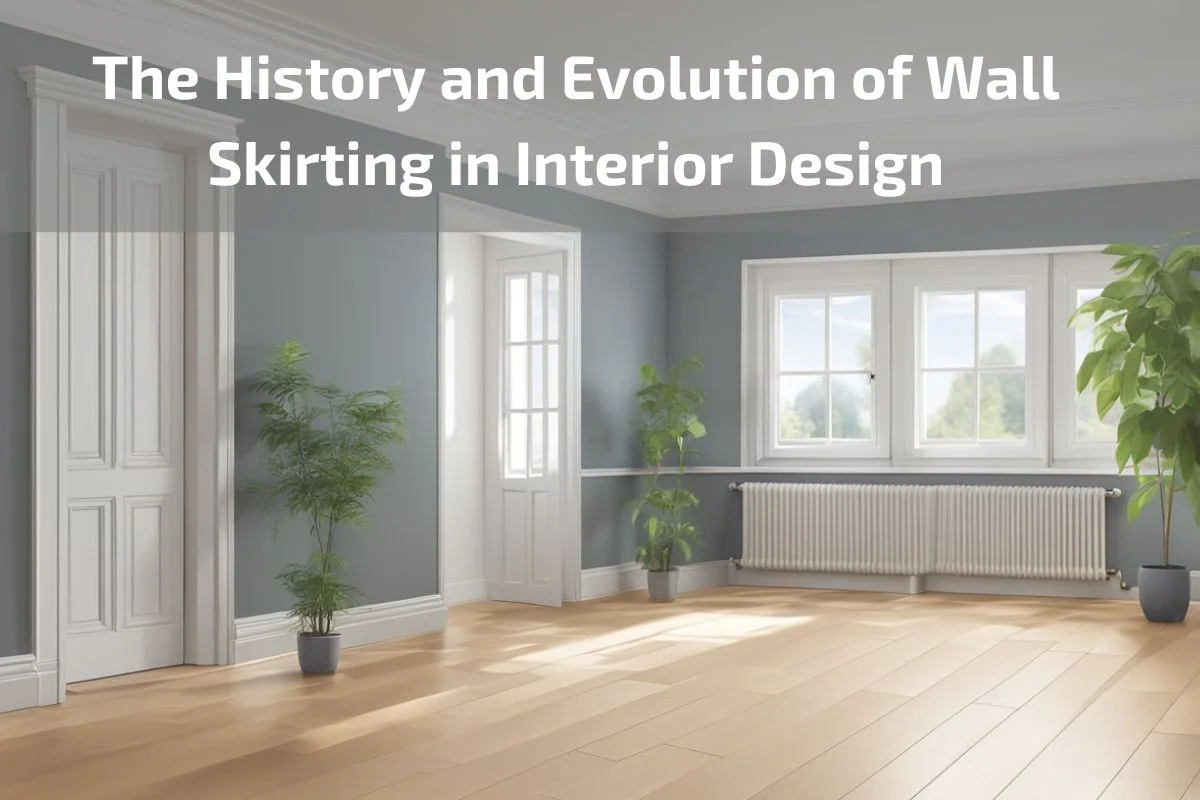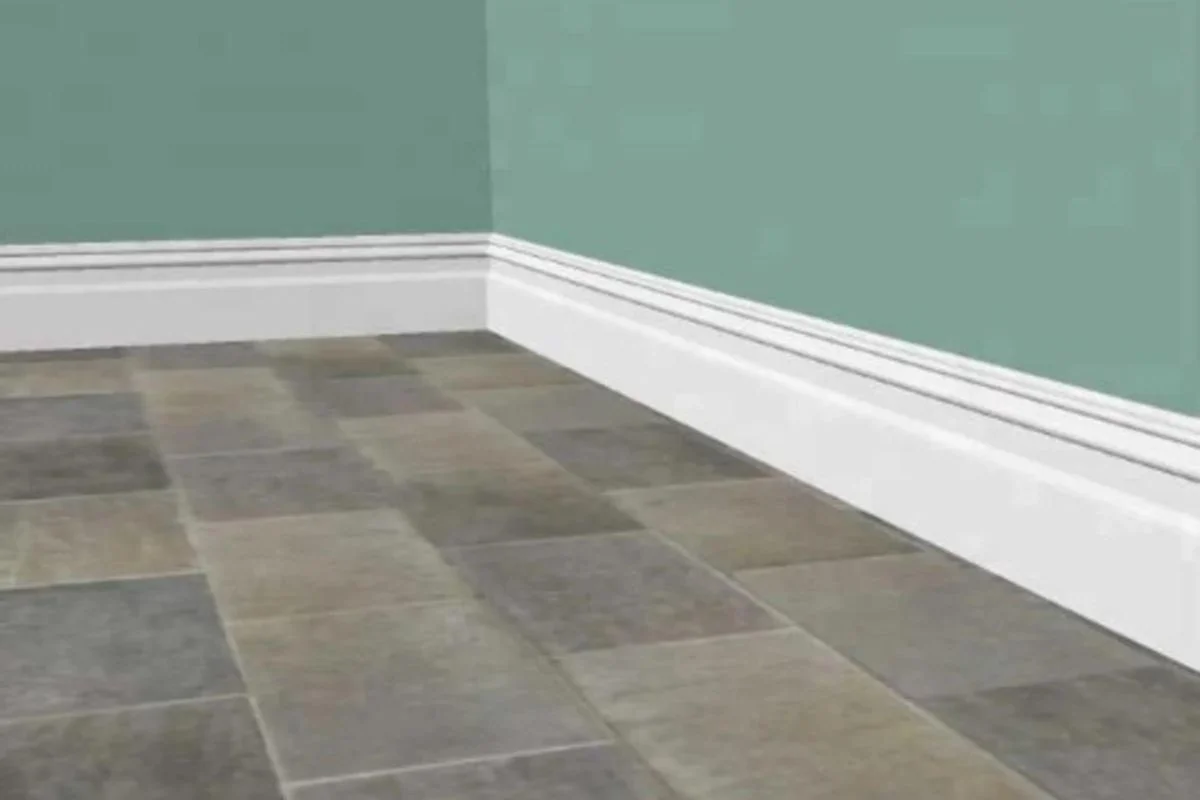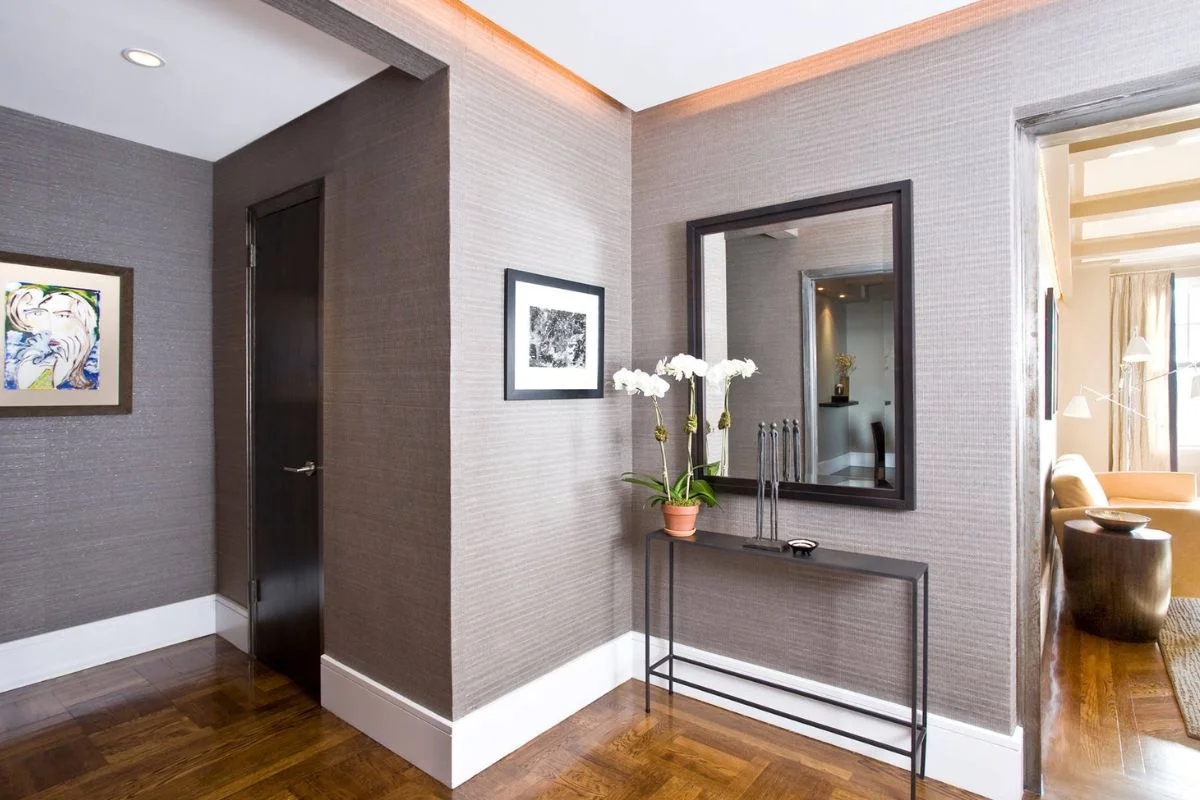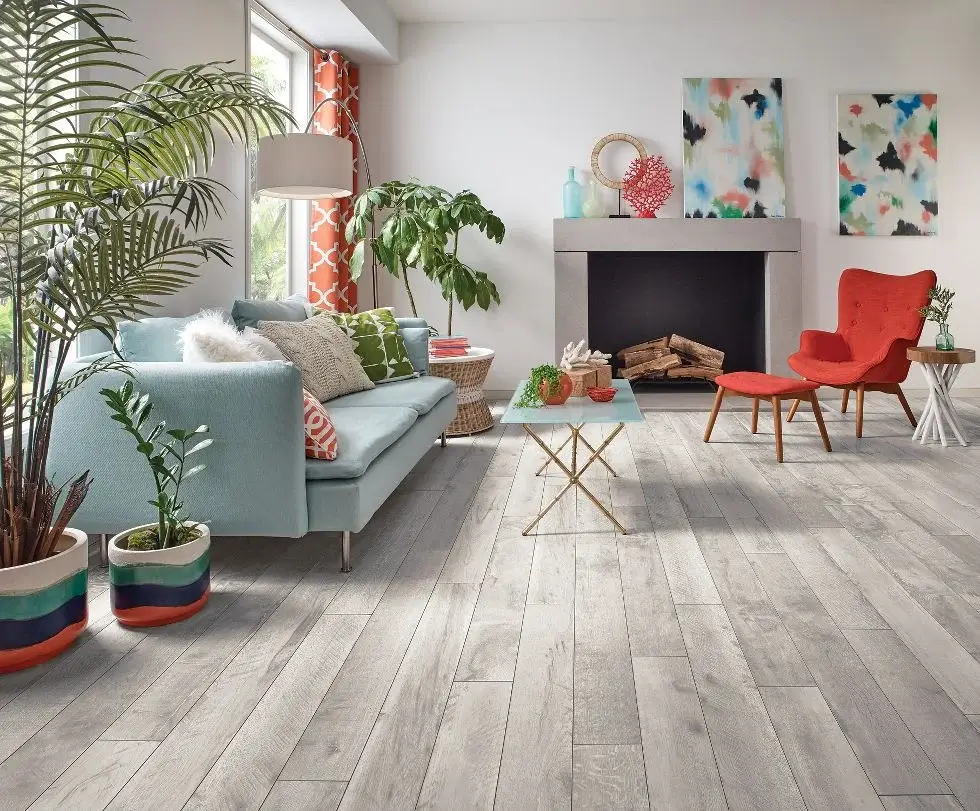Wall skirting, also known as baseboards or base molding, has a rich history deeply rooted in the evolution of interior design. Originating centuries ago, wall skirting has transitioned from a purely functional element to an essential component of interior aesthetics. Its journey through time reflects changes in architectural styles, materials, and design preferences, demonstrating its enduring significance in interior spaces.
As we delve into the history and evolution of wall skirting in interior design, we uncover the various influences and innovations that have shaped its development. From its humble beginnings as a practical solution to architectural challenges to its role as a defining feature in contemporary interiors, wall skirting has witnessed remarkable transformations.
Definition and Purpose of Wall Skirting
Wall skirting, also commonly referred to as baseboard or base molding, is a narrow strip of material installed along the bottom portion of interior walls, where they meet the floor. The primary purpose of wall skirting is multifaceted, serving both functional and aesthetic roles within a space.
Functionally, wall skirting acts as a protective barrier between the bottom of the wall and the floor. It helps to prevent damage to walls caused by impacts, abrasions, and scuff marks resulting from foot traffic, furniture movement, and cleaning activities. Additionally, wall skirting helps conceal any unevenness or gaps between the wall and floor, providing a seamless transition and finishing touch to the interior architecture.
Aesthetically, wall skirting contributes to the overall visual appeal and design cohesion of a room. It serves as a decorative element that frames the base of the walls, adding depth, texture, and visual interest to the interior space. Wall skirting also offers an opportunity for architectural embellishment and customization, with various profiles, styles, and finishes available to complement different interior design themes and preferences.
Importance of Wall Skirting in Interior Design
Wall skirting holds significant importance in interior design for several compelling reasons:
Enhanced Aesthetics: Wall skirting adds a finishing touch to interior spaces, creating a polished and cohesive look. It frames the base of the walls, providing a visual transition between the walls and floors. With a wide range of profiles, styles, and finishes available, wall skirting allows designers to customize the look and feel of a room to match the desired aesthetic.
Architectural Detailing: Wall skirting serves as an architectural detail that contributes to the overall character and charm of a space. Whether it features classic profiles reminiscent of traditional architecture or modern designs suited for contemporary interiors, wall skirting adds depth and interest to walls, elevating the design scheme.
Protection Against Wear and Tear: One of the primary functions of wall skirting is to protect the bottom of the walls from damage caused by everyday wear and tear. It acts as a buffer, shielding walls from scuff marks, scratches, and impact damage resulting from foot traffic, furniture movement, and cleaning activities.
Concealment of Imperfections: Wall skirting helps conceal imperfections and gaps that may exist between the walls and floors, resulting from uneven surfaces or irregularities in construction. By covering these areas, wall skirting creates a seamless and visually appealing transition, enhancing the overall appearance of the room.
Practical Maintenance: Wall skirting facilitates easier maintenance and cleaning of interior spaces. Its presence prevents dust, debris, and dirt from accumulating in the gaps between walls and floors, making it easier to keep the area clean and tidy. Additionally, wall skirting can be easily wiped or dusted, contributing to a more hygienic environment.
Integration with Design Elements: Wall skirting seamlessly integrates with other design elements within a room, such as flooring, wall finishes, and architectural features. It provides a cohesive visual flow, tying together different elements of the space and enhancing the overall design scheme.
Value Addition: Incorporating well-designed wall skirting can enhance the perceived value of a property. It demonstrates attention to detail and craftsmanship, signaling to prospective buyers or occupants that the space has been thoughtfully curated and maintained.
Practical Functions of Wall Skirting
Wall skirting serves several practical functions in interior spaces, making it an essential element of interior design:
Protection Against Damage: One of the primary functions of wall skirting is to protect the bottom portion of walls from damage. It acts as a barrier between the walls and the floor, preventing scratches, scuff marks, and impact damage caused by furniture, vacuum cleaners, and foot traffic.
Concealment of Gaps and Imperfections: Wall skirting helps conceal any gaps or imperfections between the walls and the floor. It covers uneven edges, expansion joints, and other irregularities, creating a seamless transition between the two surfaces and enhancing the overall appearance of the room.
Sound Insulation: Wall skirting can help reduce noise transmission between rooms by providing an additional barrier along the base of the walls. It helps absorb and dampen sound vibrations, contributing to a quieter and more comfortable indoor environment.
Thermal Control: Wall skirting helps improve the thermal efficiency of interior spaces by reducing heat loss through the base of the walls. By sealing gaps and preventing drafts, wall skirting helps maintain a consistent indoor temperature and reduce energy consumption for heating and cooling.
Moisture Protection: In areas prone to moisture, such as kitchens, bathrooms, and basements, wall skirting helps protect the bottom of the walls from water damage. It prevents moisture from seeping into the walls and causing swelling, warping, or mold growth, thereby preserving the integrity of the wall surfaces.
Ease of Maintenance: Wall skirting facilitates easier maintenance and cleaning of interior spaces. Its presence prevents dust, debris, and dirt from accumulating in the gaps between walls and floors, making it easier to keep the area clean and hygienic. Additionally, wall skirting can be wiped or dusted without damaging the underlying surfaces.
Enhanced Durability: By providing an extra layer of protection, wall skirting helps prolong the lifespan of interior walls and floors. It reduces the likelihood of damage and wear over time, ensuring that the surfaces remain attractive and functional for longer periods.
Design Considerations with Wall Skirting
When incorporating wall skirting into interior design, several key considerations can influence the overall aesthetic and functionality of the space:
Coordination with Flooring and Wall Finishes: Choose wall skirting materials, colors, and finishes that complement the flooring and wall finishes in the room. Consider the texture, pattern, and color of the flooring and walls to ensure a harmonious and cohesive look throughout the space.
Color and Finish Options: Wall skirting comes in a variety of colors and finishes, ranging from natural wood tones to painted finishes and textured surfaces. Select a color and finish that either blends seamlessly with the walls and flooring for a subtle look or contrasts boldly for a dramatic effect.
Integration with Architectural Styles and Periods: Consider the architectural style and period of the space when selecting wall skirting profiles and designs. Choose profiles that complement the architectural features of the room, whether it’s traditional, contemporary, or eclectic in style.
Profile Selection: Wall skirting profiles can range from simple and understated to ornate and decorative. Choose a profile that enhances the overall design aesthetic of the space while also addressing practical considerations such as durability and ease of maintenance.
Height and Proportion: Consider the height and proportion of the wall skirting in relation to the overall scale of the room. Taller wall skirting can create a sense of grandeur and elegance, while shorter skirting may be more appropriate for smaller rooms or spaces with lower ceilings.
Transition Between Rooms: Pay attention to how wall skirting transitions between different rooms or areas within the home. Ensure a seamless flow by maintaining consistent profiles, colors, and finishes, or use transition pieces to create visual breaks between spaces.
Customization and Creativity: Explore creative ways to customize wall skirting to add unique character and personality to the space. Consider incorporating decorative elements such as molding, insets, or beveled edges to elevate the design and create visual interest.
Functionality and Practicality: While aesthetics are important, prioritize functionality and practicality when selecting wall skirting. Choose materials that are durable, easy to clean, and resistant to damage from wear and tear, ensuring that the wall skirting maintains its integrity over time.
Maintenance and Care of Wall Skirting
Maintaining and caring for wall skirting is essential to preserve its appearance and functionality over time. Here are some tips for effectively maintaining and caring for wall skirting:
Regular Cleaning: Dust or vacuum wall skirting regularly to remove dirt, dust, and debris that may accumulate along the baseboards. Use a soft-bristled brush attachment on your vacuum cleaner or a microfiber cloth to gently wipe down the surface of the skirting.
Avoid Harsh Chemicals: When cleaning wall skirting, avoid using harsh chemicals or abrasive cleaners that may damage the finish or material. Instead, use a mild detergent solution and warm water to gently clean the surface. Test any cleaning solution on a small, inconspicuous area of the skirting first to ensure compatibility.
Address Spills Promptly: If spills or stains occur on the wall skirting, address them promptly to prevent them from setting into the material. Use a damp cloth or sponge with mild soap to gently blot the affected area. Avoid scrubbing vigorously, as this may damage the finish or paint.
Repair Damage Promptly: Inspect wall skirting regularly for signs of damage, such as scratches, dents, or chipped paint. Repair any damage promptly to prevent it from worsening over time. For minor scratches or dents, consider using wood filler or putty to fill in the damaged area before sanding and repainting or refinishing.
Seal Gaps and Joints: Check for gaps or joints between the wall skirting and the walls or floors. Use caulk or sealant to fill in any gaps or joints to prevent dust, dirt, or insects from accumulating behind the skirting. This also helps improve the insulation and soundproofing properties of the wall skirting.
Protect Against Moisture: In areas prone to moisture, such as bathrooms or kitchens, take extra precautions to protect wall skirting against water damage. Ensure that the skirting is properly sealed and painted or finished to repel moisture. Consider installing waterproof sealant along the bottom edge of the skirting to create a barrier against moisture infiltration.
Inspect for Pest Infestations: Periodically inspect wall skirting for signs of pest infestations, such as termite damage or rodent activity. Seal any entry points or cracks that pests may use to access the interior spaces behind the skirting.
Conclusion
In conclusion, wall skirting plays a vital role in interior design by offering both aesthetic appeal and practical functionality. As a defining feature along the base of interior walls, wall skirting contributes to the overall visual harmony and cohesion of a space while providing essential protection against wear and tear.







